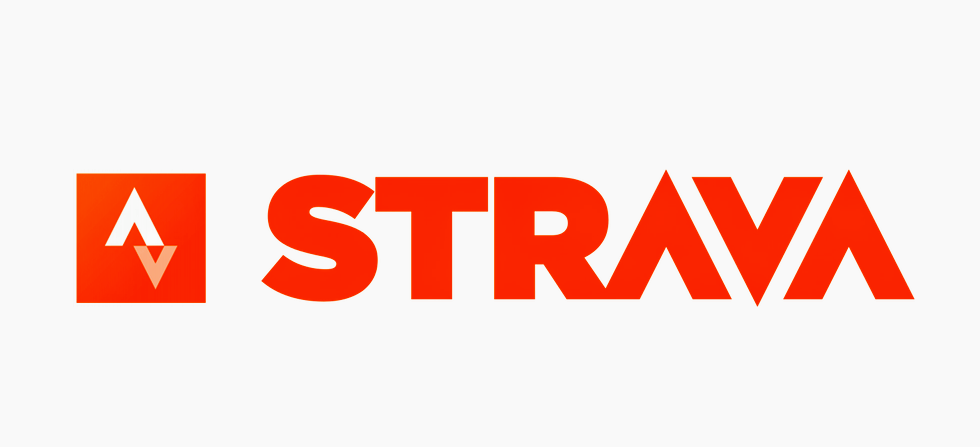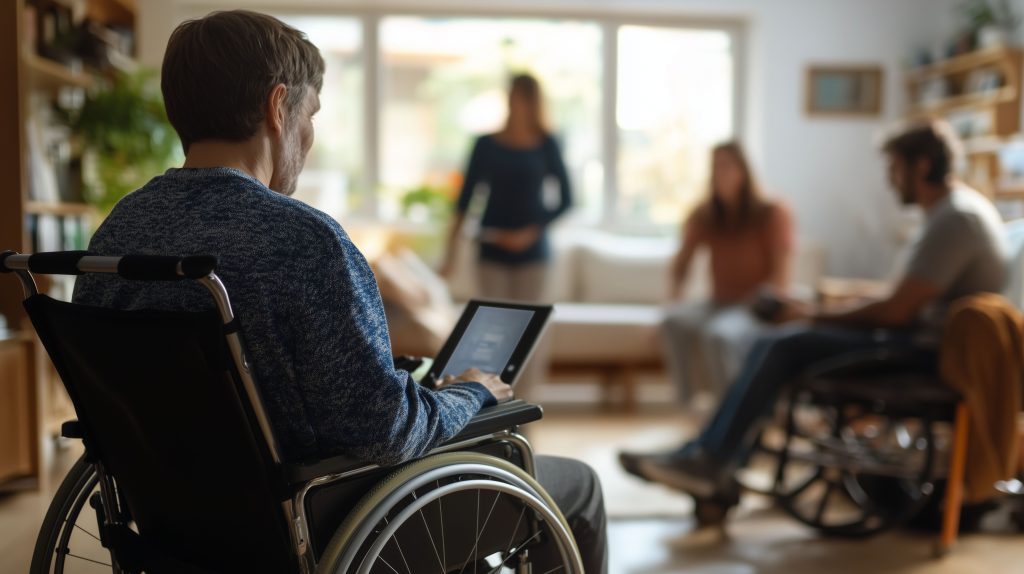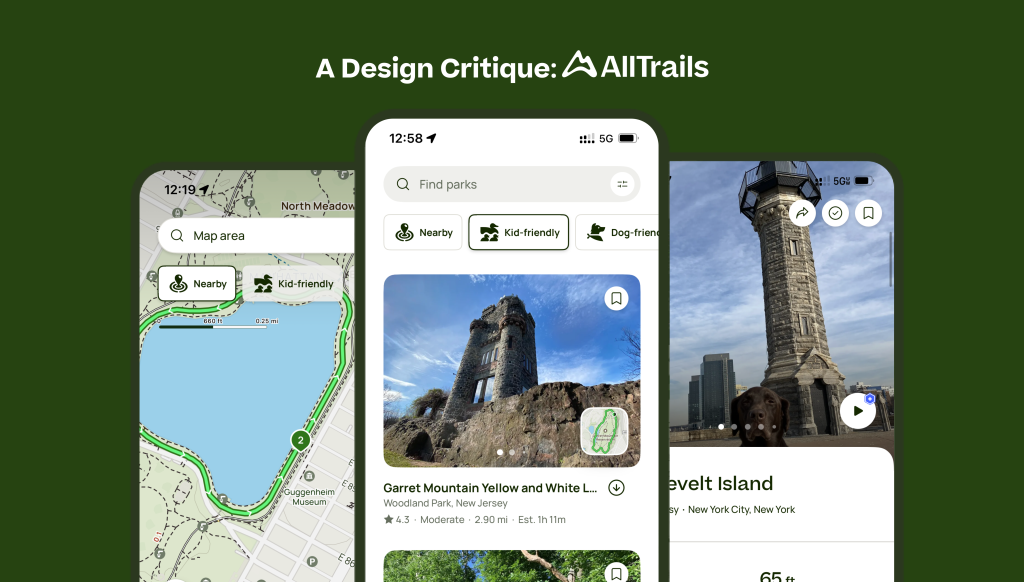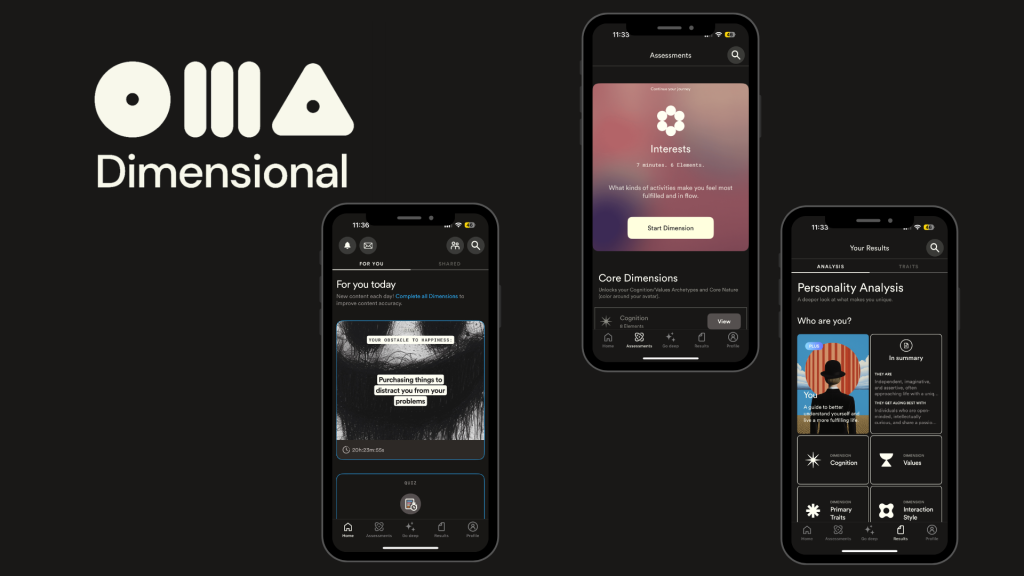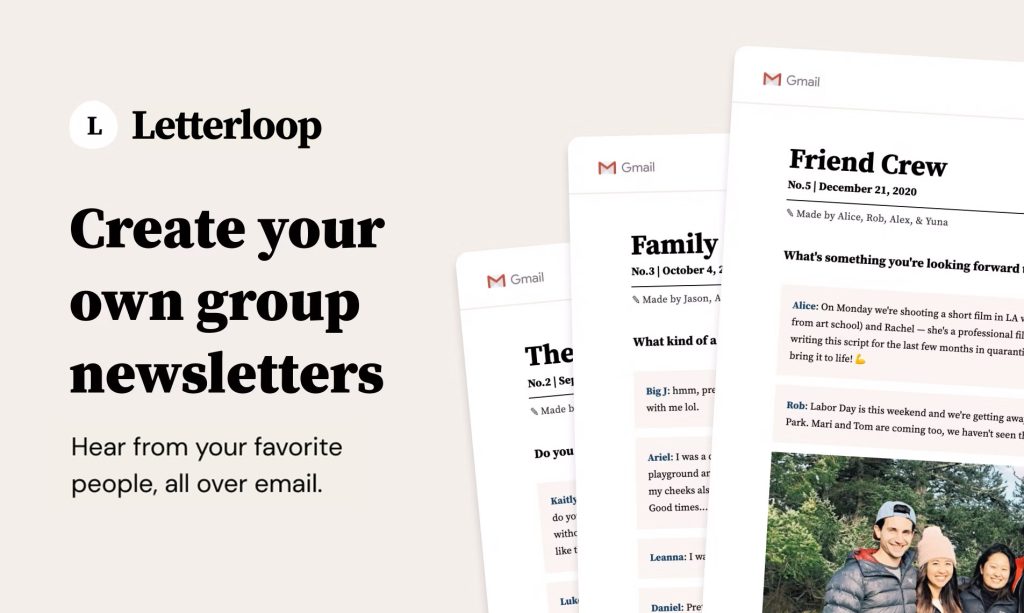Design Critique: Strava (iOS App)
Strava is a popular iOS mobile application that enables athletes to record and post their workouts, such as running, hiking, and swimming, and connect with a community of people who share a passion for fitness. Users will use their phones and/or smartwatches to track their activities, post the exercise on Strava, and receive back various […]
Design Critique: Strava (iOS App) Read More »
